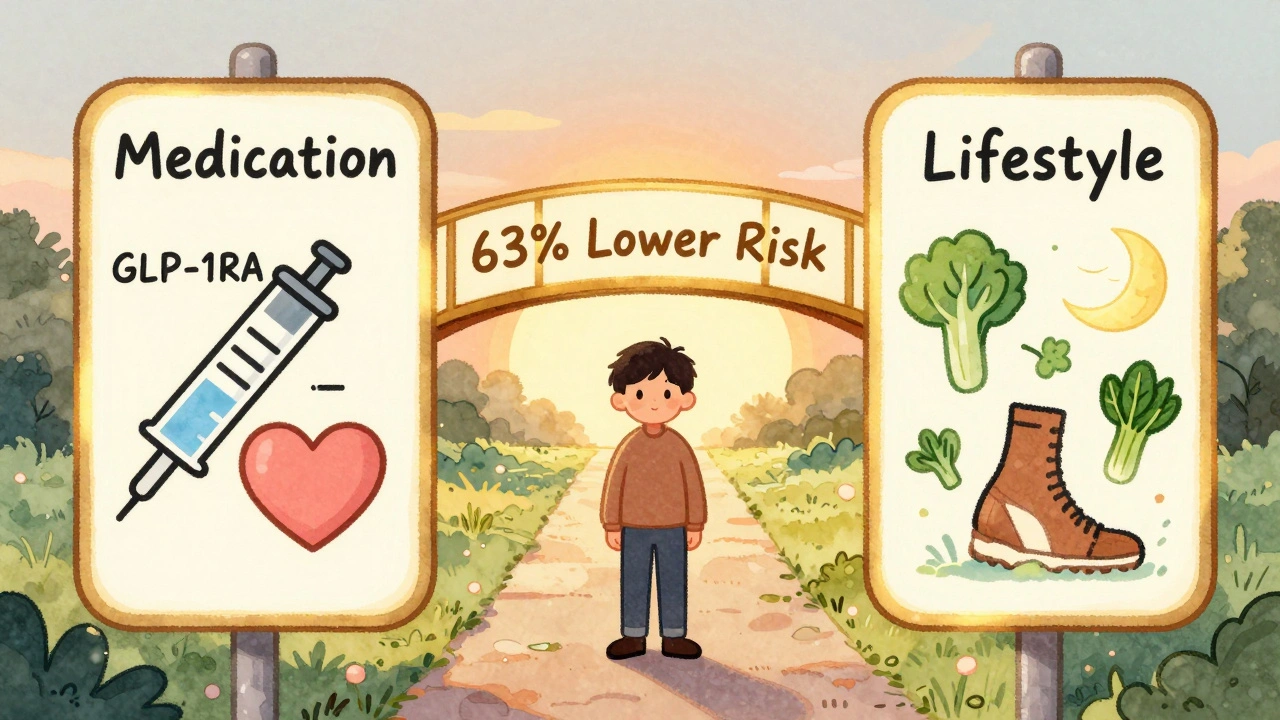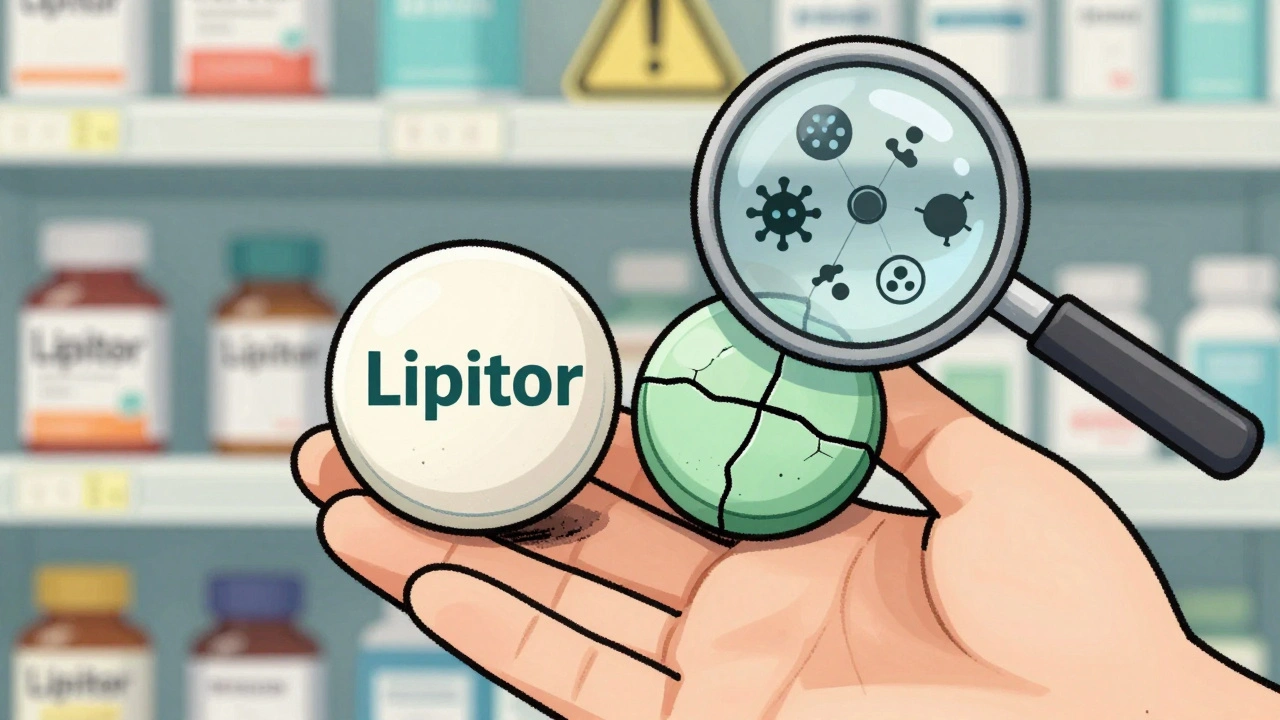Monoclonal Antibodies
When working with Monoclonal Antibodies, lab‑engineered proteins that bind to a single, specific target on cells or molecules. Also known as mAbs, they have reshaped modern medicine by offering precision where traditional drugs fell short. Unlike generic antibodies that come from a mixed pool, a monoclonal antibody is produced from one clone of immune cells, guaranteeing uniform structure and activity. This uniformity lets doctors design treatments that zero in on disease‑causing proteins while sparing healthy tissue. Because the target is pre‑defined, developers can predict how the drug behaves, cut down trial‑and‑error, and bring therapies to patients faster. In practice, monoclonal antibodies serve as the building blocks for many forms of immunotherapy, bridging the gap between the body’s natural defenses and pharmaceutical intervention.
Why Monoclonal Antibodies Matter
The power of Immunotherapy, treatments that enlist the immune system to fight disease hinges on the ability of monoclonal antibodies to recognize and bind precisely. Cancer treatment, strategies that aim to stop tumor growth and spread often uses antibodies that block growth‑factor receptors, flag cancer cells for destruction, or deliver toxic payloads directly to tumors. Autoimmune disease, conditions where the immune system attacks the body’s own tissues benefits from antibodies that neutralize inflammatory cytokines, calming the overactive immune response. Vaccines, preventive biologics that prepare the immune system for future threats can also include monoclonal antibodies to provide immediate, short‑term protection while the body builds its own defenses. In short, monoclonal antibodies act as a switch that can turn the immune system on, off, or redirect it, making them essential across a spectrum of diseases. This versatility explains why the market is expanding at double‑digit rates each year.
Looking ahead, the next wave of development focuses on personalized medicine – tailoring each antibody to a patient’s unique genetic makeup and disease profile. Advances in cell‑line technology and AI‑driven design are slashing development cycles, while new delivery methods aim to reduce infusion times and side‑effects. Safety monitoring has become routine, with post‑market surveillance catching rare reactions early and informing better designs. As regulators streamline approval pathways for biosimilars, more affordable options will reach clinics worldwide. All this activity sets the stage for a deeper dive into specific therapies, regulatory insights, and real‑world patient experiences, which you’ll find in the articles below.

How Immunotherapy is Transforming Leukemia Treatment
Explore how immunotherapy-CAR T cells, checkpoint inhibitors, and monoclonal antibodies-revolutionizes leukemia treatment, its benefits, risks, and future prospects.





